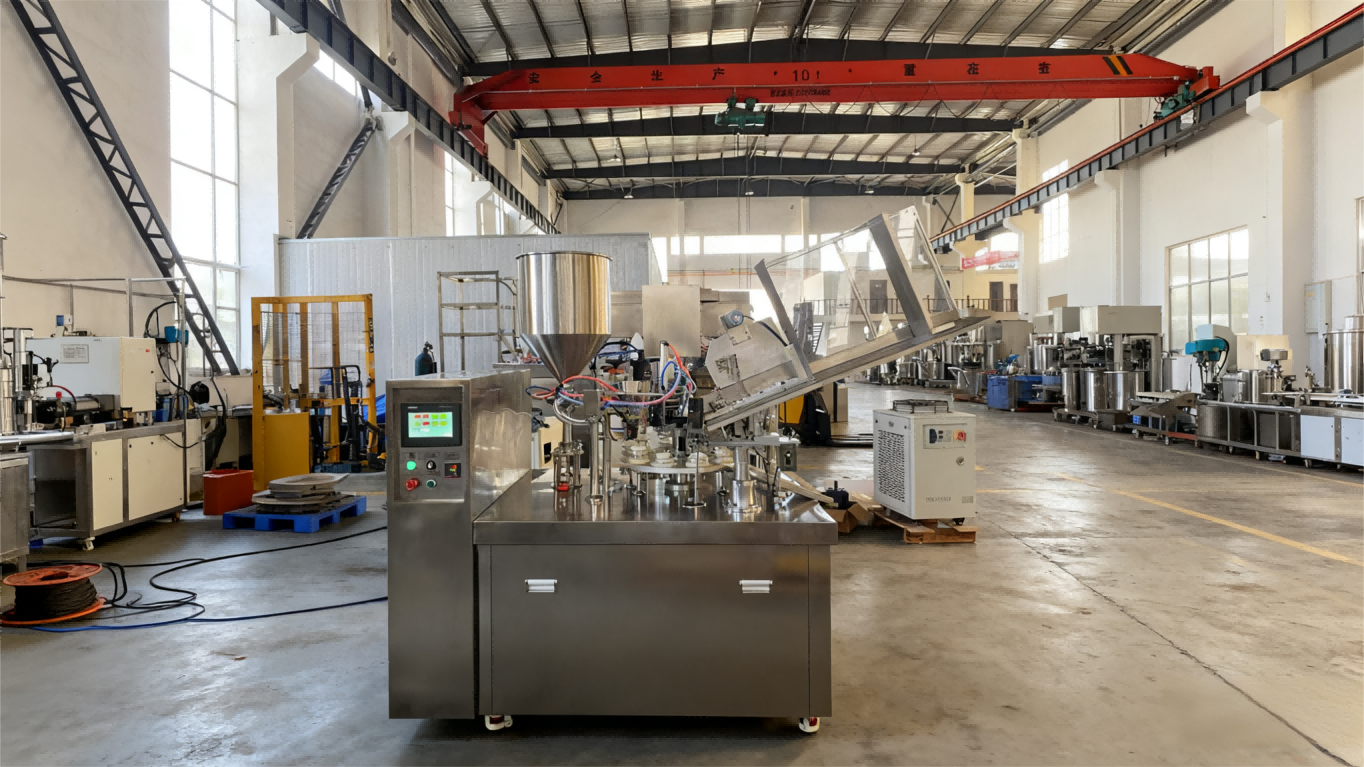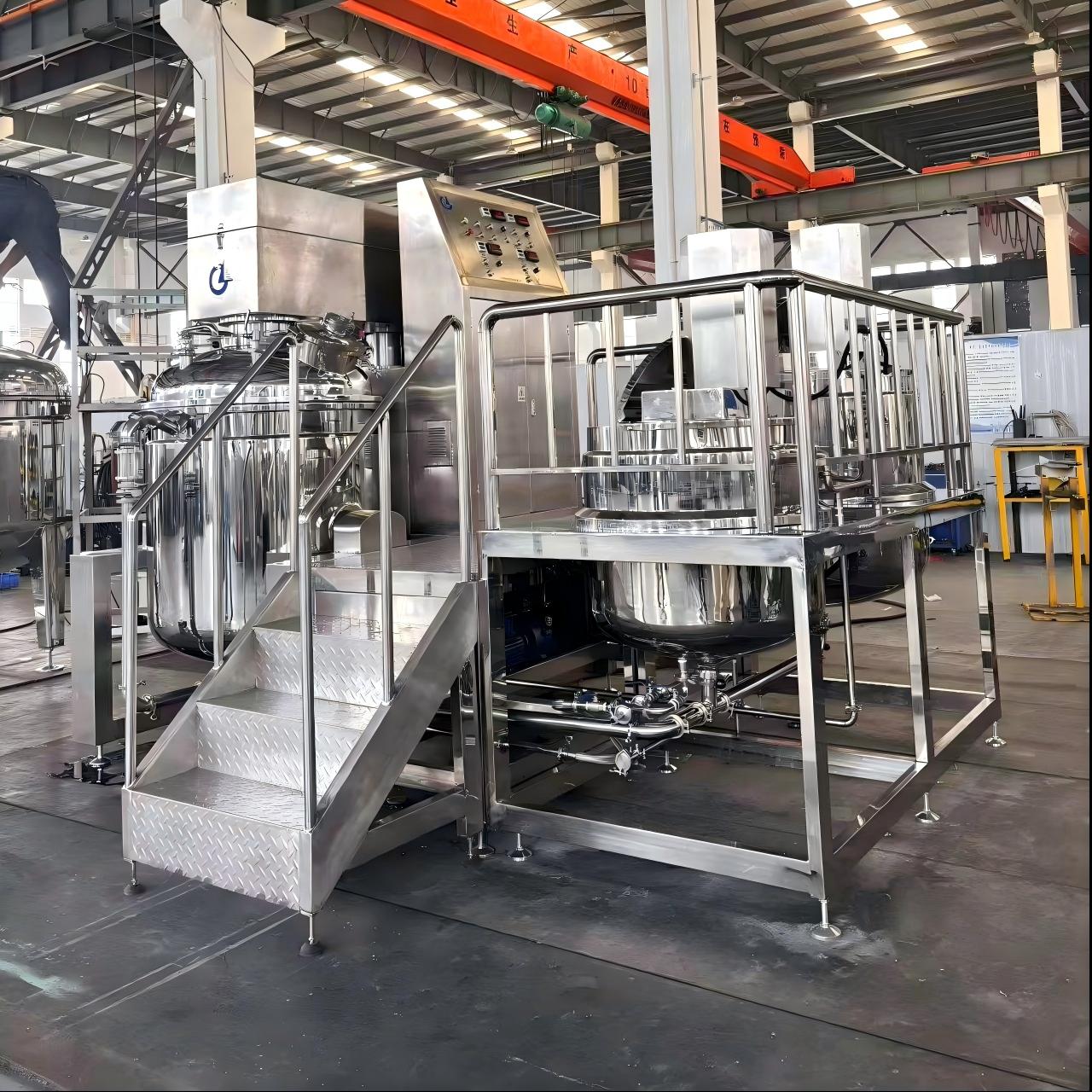Vacuum Homogenizing Mixer: How to Achieve Nanoscale Particle Dispersion through Negative Pressure Environment?
In industries ranging from cosmetics and pharmaceuticals to food and advanced materials, achieving nanoscale particle dispersion is critical for product performance, stability, and bioavailability. Traditional mixing methods often struggle with uneven particle sizes, air incorporation, and agglomeration, leading to compromised quality. The vacuum homogenizing mixer emerges as a revolutionary solution, leveraging negative pressure (vacuum) environments to break down particles to the nanometer range while eliminating air bubbles. This article explores the science, mechanisms, and applications of this technology.
1. The Challenge of Nanoscale Dispersion
Nanoscale dispersion (particles <100 nm) enhances product properties such as:
Bioavailability in pharmaceuticals (e.g., drug delivery systems).
Texture and stability in cosmetics (e.g., creams, serums).
Sensory quality in food (e.g., smooth sauces, emulsions).
However, achieving uniform nanoscale particles is difficult due to:
Surface tension causing particles to clump.
Air entrapment leading to oxidation and instability.
Inadequate shear forces in conventional mixers.
Traditional methods (e.g., high-speed dispersers, ball mills) often fail to produce consistent nanoscale results and may introduce contaminants or heat degradation.
2. How Vacuum Homogenizing Mixers Work
A vacuum homogenizing mixer combines two core technologies:
Vacuum Environment (Negative Pressure)
By evacuating air from the mixing chamber (typically ≤-0.09 MPa), the system:
Eliminates air bubbles, preventing oxidation and foam formation.
Reduces particle agglomeration caused by trapped air.
Lowers boiling points, enabling gentle processing of heat-sensitive materials.
High-Shear Homogenization
A rotor-stator assembly generates intense shear forces (up to 30 m/s tip speed), breaking particles down through:
Mechanical impact (particles collide with rotor/stator surfaces).
Cavitation (pressure fluctuations create microbubbles that implode, fragmenting particles).
Synergy of Vacuum + Shear:
Under vacuum, particles are more susceptible to shear forces due to reduced air resistance and surface tension. This allows the homogenizer to achieve D50 < 50 nm and D90 < 100 nm in a single pass—far beyond conventional mixers.
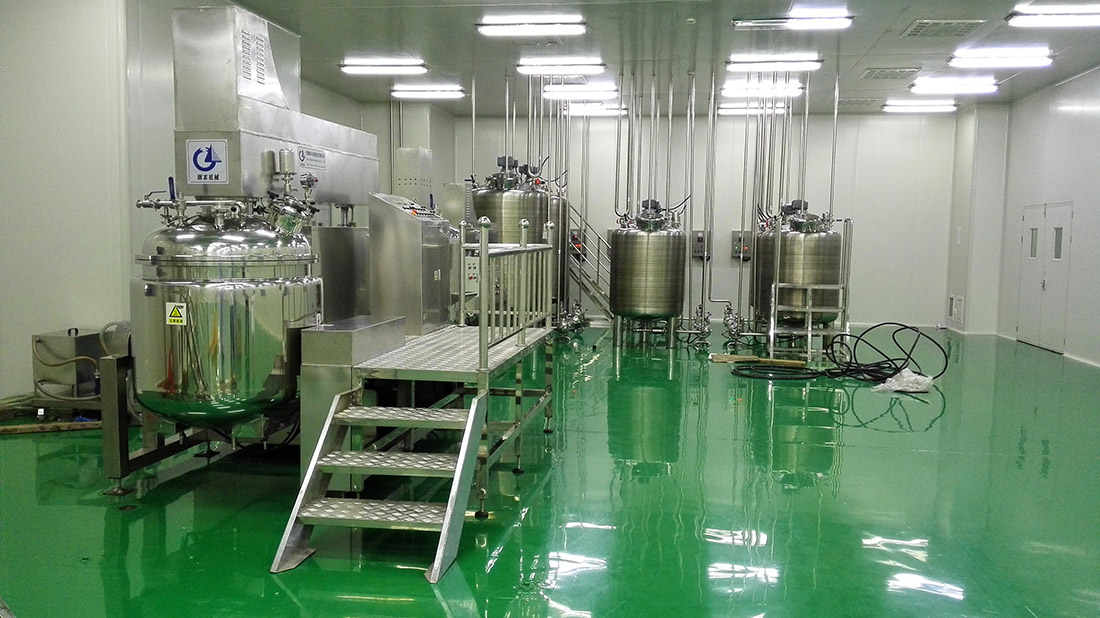
3. Key Mechanisms for Nanoscale Dispersion
A. Air Removal and Particle Mobilization
In a vacuum, dissolved gases escape from the liquid, reducing interfacial tension. This "degassing" effect:
Prevents air pockets from shielding particles from shear forces.
Allows particles to move freely, increasing collision frequency with the rotor-stator.
B. Enhanced Shear Efficiency
Without air resistance, the rotor-stator generates higher effective shear rates. For example:
A 30 m/s rotor tip speed under vacuum delivers 2–3x more shear energy than at atmospheric pressure.
Particles experience repeated cycles of compression, stretching, and rupture, leading to uniform size reduction.
C. Temperature Control
Vacuum processing reduces friction-induced heat, maintaining temperatures 10–15°C lower than non-vacuum systems. This is crucial for:
Preserving heat-sensitive ingredients (e.g., vitamins, enzymes).
Preventing thermal degradation of polymers or proteins.
4. Applications Across Industries
A. Pharmaceuticals
Liposomal drug delivery: Vacuum homogenization produces <100 nm liposomes for targeted release.
Injectable emulsions: Eliminates air bubbles to meet sterile manufacturing standards.
B. Cosmetics
Sunscreens: Disperses ZnO/TiO₂ nanoparticles for transparent, non-whitening formulas.
Anti-aging serums: Achieves stable nanoemulsions with enhanced skin penetration.
C. Food & Beverage
Dairy products: Creates smooth, shelf-stable yogurt with reduced fat separation.
Plant-based milks: Homogenizes oils and proteins to mimic dairy texture.
D. Advanced Materials
Nanocomposites: Disperses graphene or carbon nanotubes in polymers for conductive coatings.
Battery slurries: Produces uniform electrode pastes for high-energy-density batteries.
5. Advantages Over Traditional Methods
Parameter Vacuum Homogenizer Conventional Mixer
Particle Size (D90) <100 nm 1–10 μm
Air Content <0.5% residual 5–15% bubbles
Processing Time 10–30 min/batch 60–120 min/batch
Heat Generation Low (vacuum cooling) High (friction heating)
The vacuum homogenizing mixer represents a paradigm shift in nanoscale dispersion technology. By combining negative pressure environments with high-shear forces, it overcomes the limitations of traditional methods, delivering unparalleled particle uniformity, stability, and efficiency. As industries demand ever-finer dispersions, this technology will remain at the forefront of innovation.
News
- Latest News
- Solutions
- FAQ
Recommend Products
-
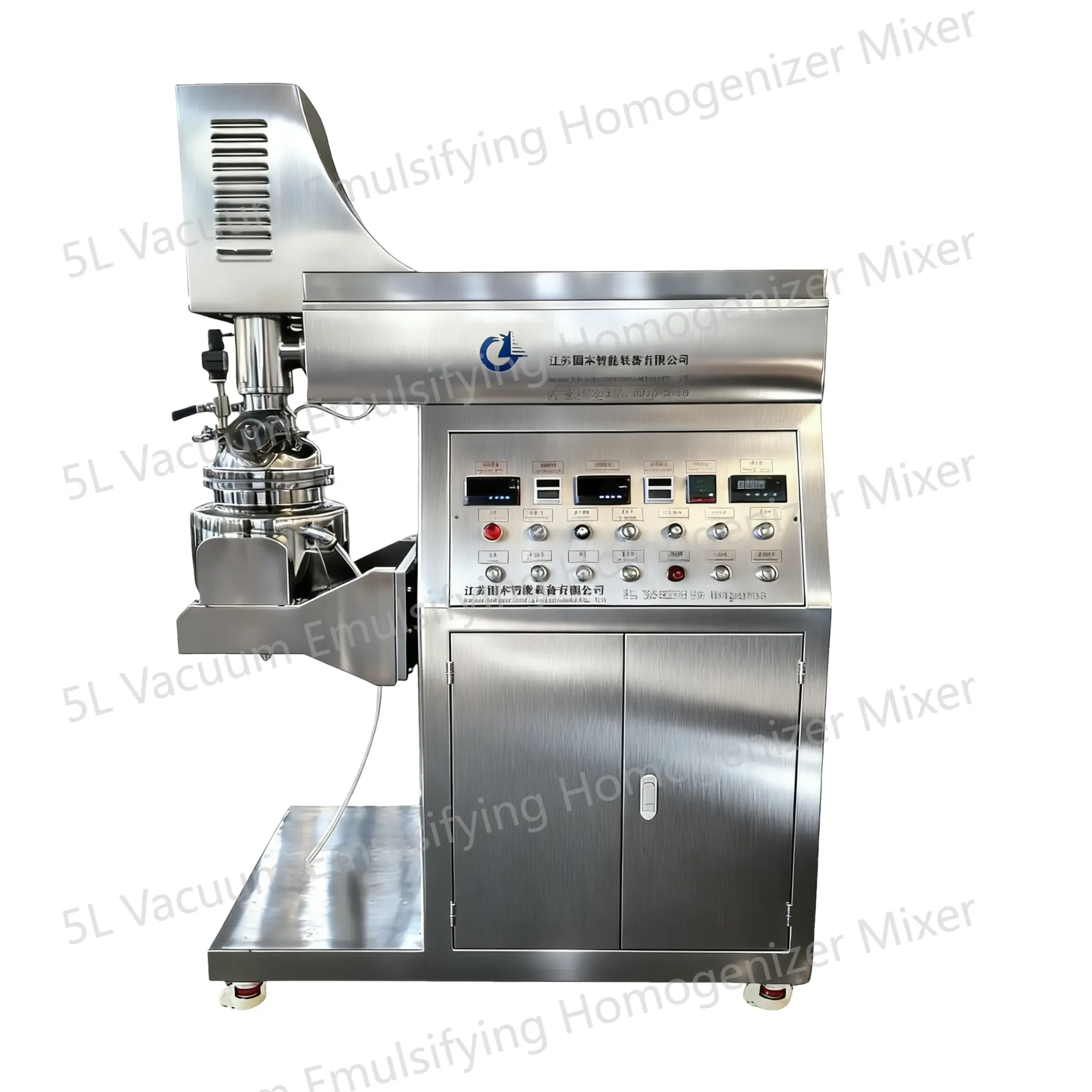 5L Vacuum Emulsifying Homogenizer Mixer
5L Vacuum Emulsifying Homogenizer MixerThe 5L vacuum emulsifying mixer is a device designed for emulsifying and mixing various substances in a vacuum environment. This equipment is equipped with a mixing tank with a capacity of 5 liters and is widely applied in industries such as food, pharmaceuticals, cosmetics, and pesticides.
-
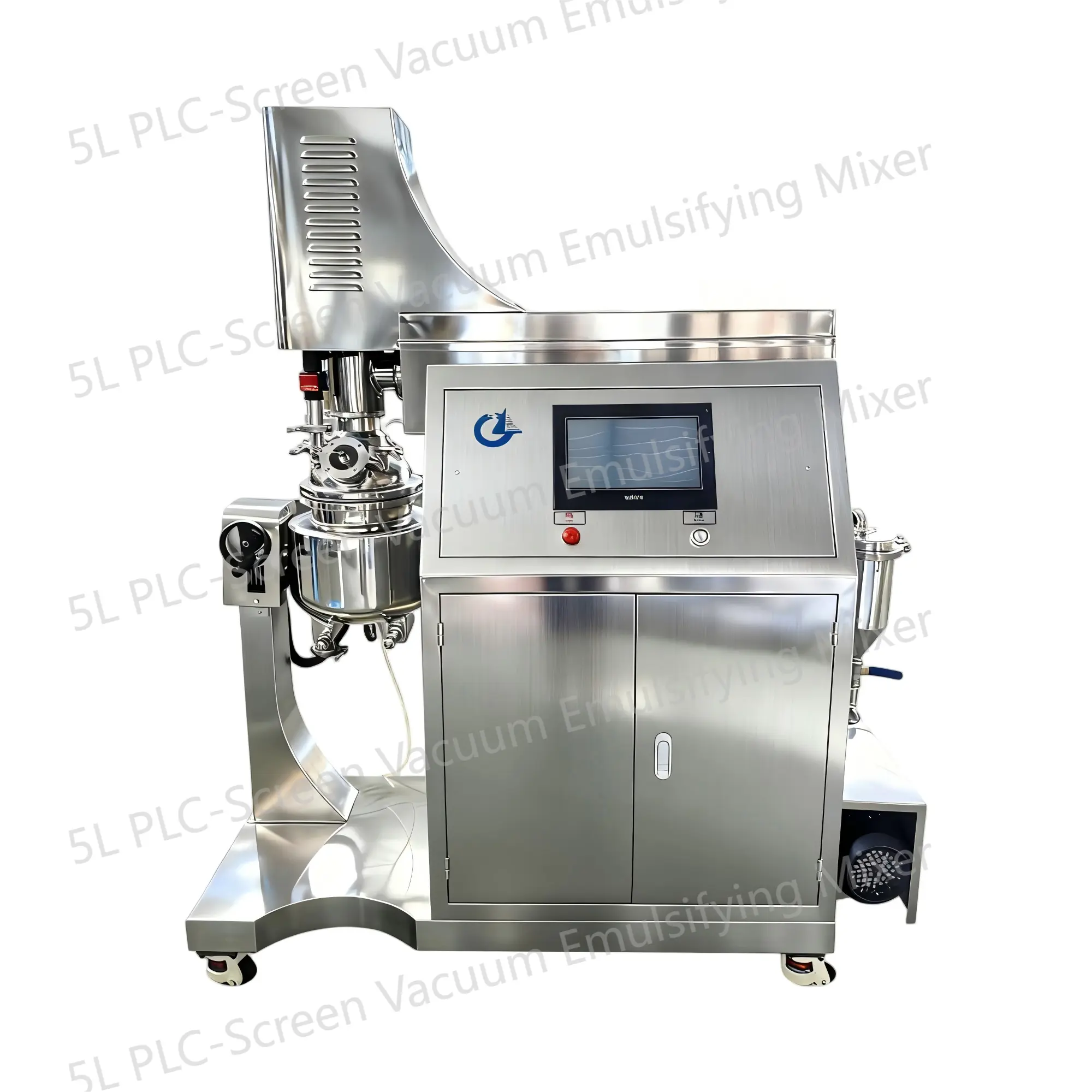 5L PLC-Screen Vacuum Emulsifying Mixer
5L PLC-Screen Vacuum Emulsifying MixerThe 5L PLC-Screen Vacuum Emulsifying Mixer is a device designed for emulsifying and mixing various substances in a vacuum environment. This equipment is equipped with a mixing tank with a capacity of 5 liters and is widely applied in industries such as food, pharmaceuticals, cosmetics, and pesticides.
-
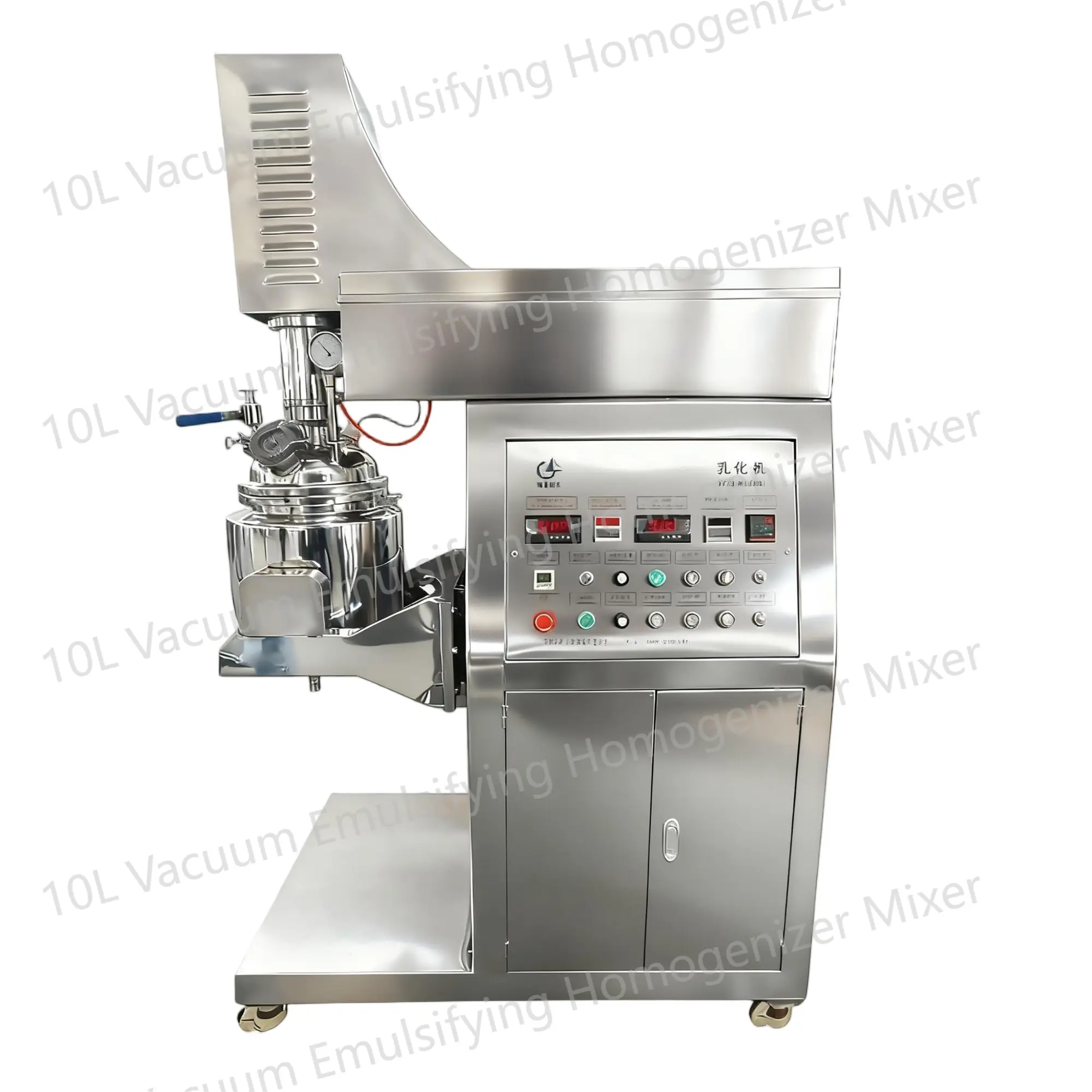 10L Vacuum Emulsifying Homogenizer Mixer
10L Vacuum Emulsifying Homogenizer MixerThe 10L Vacuum Emulsifying Mixer is a device used for emulsifying and mixing various substances in a vacuum environment. It is commonly used in industries such as food, cosmetics, and pharmaceuticals.


 English
English Russian
Russian French
French Spanish
Spanish Portuguese
Portuguese Korean
Korean Japanese
Japanese Thai
Thai
